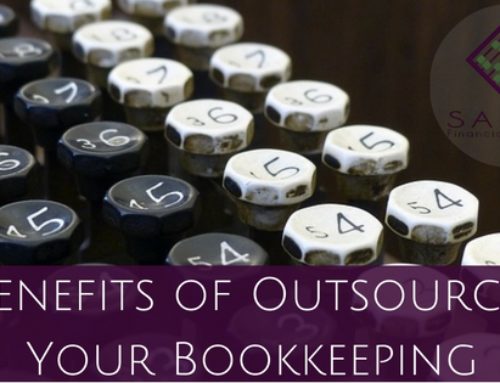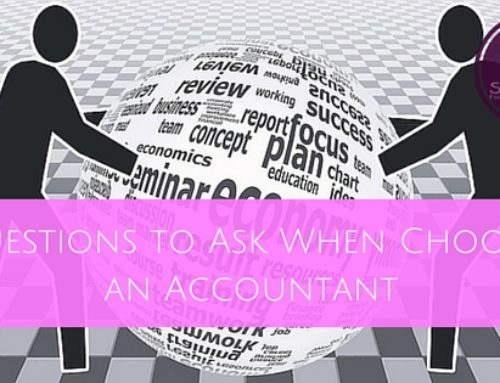This week marks the one-year anniversary of being 100% self-employed! I say 100% because I’ve always had some form of side income in addition to my regular job. It’s been so bad, my friends gave me the nickname “Everyday I’m Hustling”.
Quitting my full-time job in June 2014 may have seemed scary and insane to your average American. After all, why would anyone give up guaranteed income? Well, because it’s NOT guaranteed income. The job served its purpose, but I knew it’s not where I wanted to be eventually. I knew the freedom and flexibility of working for myself was something I had always wanted, and something my dad talked about for many years.
Being an accountant and a to-do list-aholic (my own word), I’ve been called a “cold, calculating machine” and this time, it worked for me. I worked out the numbers to the penny, hired a personal financial planner, and started saving money when I moved to Houston in 2011.
You win some, you lose some.
There are good and not-so-good things about becoming self-employed, just like there are good and not-so-good things about working for someone else. I figured the advantages outweighed the disadvantages.
Things lost: free health insurance (sigh…best thing about that job), a set schedule, and someone to tell me what to do and when to do it.
Things gained: flexibility with my schedule, the opportunity to explore various income streams and work opportunities, not having to request off work for travel. On the flip side, I gained the job of having to be everything and everybody in the organization (I didn’t say it was ALL wonderful).
#1 piece of advice:
Do not quit without having one or more fairly consistent sources of income, a well-defined strategy, and savings/emergency fund.
Things I did to prepare for my new work life before the Big Day
- I made sure that I had a new client and project that would pay more than my 9-5 job paid. I had previously calculated what I need to make in order to successfully replace the income I would be losing, and this was my benchmark.
- I had taken on regular smaller projects that brought in revenue consistently.
- Rates with the new client were negotiated before even drafting a resignation letter.
- A contract was created between me and my client. This kept things from changing unexpectedly on me. Because once I quit, I wasn’t coming back!
- A separate business bank account and bookkeeping software were established. I had been working as a freelancer for years before this, so these things were in place already.
- I started with that one major client and eventually added on several more businesses of various sizes. Never stop marketing and looking for new clients.
How I budget now on an irregular income
The firm that helped me get my finances in order 3 years ago when I moved from Memphis to Houston, Storehouse Financial Solutions, set me up with a great Excel workbook created by its founder, Mark Pickle. That program combined with candid conversations and monthly accountability meetings allowed me to breath life into my financial life again. From there, I was able to use my regular salary as a more effective tool to fund my dreams, knock out a large portion of debt, and increase my credit score.
Presently, I’m using YNAB, which stands for You Need a Budget. Since switching from a regularly scheduled paycheck to a more irregular, multiple-sources based income, it’s proven to meet my needs and keep me organized with my finances. I like the ability to run reports and to be able to input data quickly and easily.
So here’s my regular routine:
- Every month around the last week of the month, I start planning for the next month based on that month’s revenue goals and irregular expenses like business trips, car tag renewals and things I want to invest in for the business.
- Update my Google calendar “Bill Payments” with the dates/amounts that are due. Special note if they are automatically withdrawn.
- Schedule transfers/savings for the month based on when revenue will come in. Thankfully, most of my accounting/payroll clients pay their invoices within 7 days. Tax returns and special projects take a little longer.
- As revenue comes in, part of it goes to taxes (self-employed pay ALL the FICA taxes), medical insurance, and savings. The rest gets divided up in the YNAB budget software. Think of it as a digital version of the Dave Ramsey envelope system.
This is the system I’m currently using, and I realize there is always room for improvement. One year in, and I’m still tweaking things. But things are definitely looking up!
What are some of the tools you use to budget your regular or irregular monthly income?
P.S. As it turns out, the CPA firm I worked for dissolved within 6 months after I quit working for them. So I guess that was God’s perfect timing!







